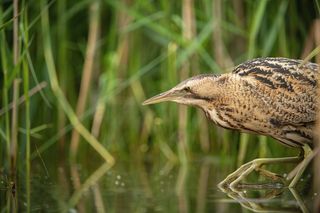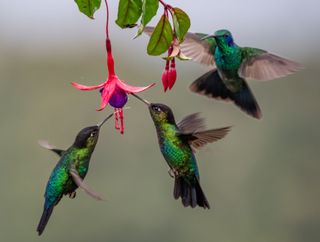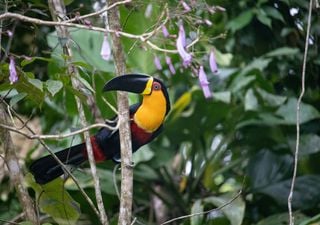The most beautiful voice that can be heard in nature, that's what bird we're talking about
The song of this bird is composed of stanzas with single tones and double tones that densely align with each other. In its life it can get to know up to 260 different types of verses which, combined together, make up a repertoire of "songs" which usually last from 2 to 4 seconds.
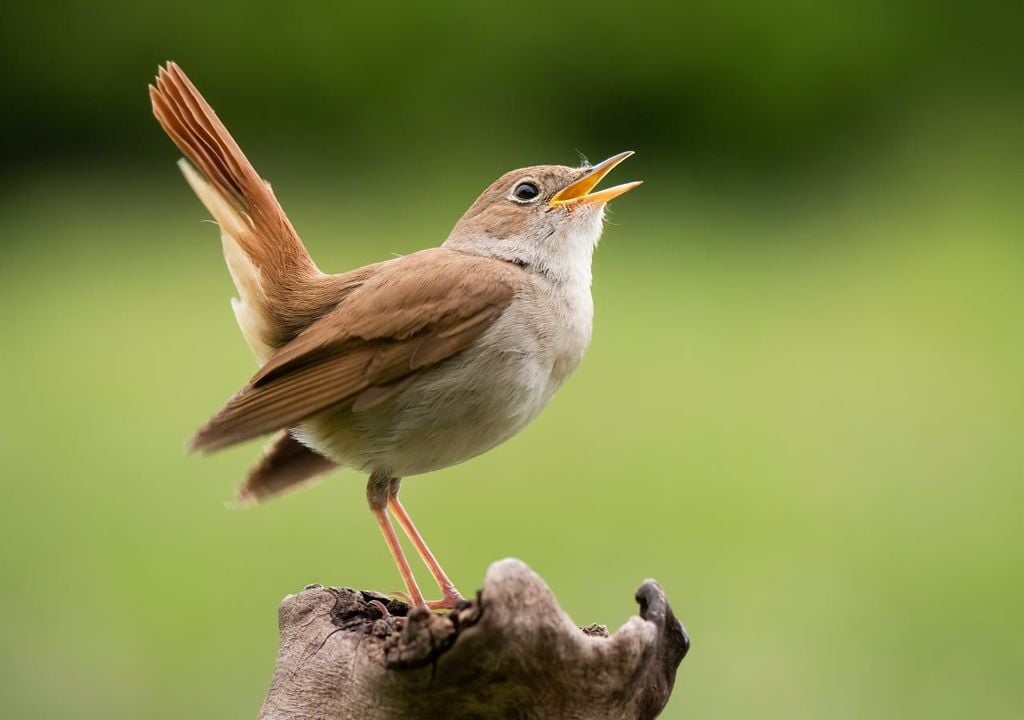
The nightingale, scientific name Luscinia megarhynchos, represents the most beautiful voice that can be heard in nature. Its voice was once considered a natural painkiller, today it reminds us of the beauty of nature that never abandons us, even in the most difficult moments It is no coincidence that in the Italian language the term "nightingale" is used to indicate a person who has particular singing skills. Furthermore, the vocal abilities of this small but friendly bird are in the Guinness Book of Records.
The incredible song of the nightingale
The song of the nightingale is composed of stanzas with single tones and double tones that densely align with each other. In its lifetime a nightingale can learn up to 260 different types of verses which, combined together, make up a repertoire of "songs" which usually last from 2 to 4 seconds.
In short, these passerines are born singers. The variations in songs among nightingales from different areas allow us to recognise different regional "dialects", providing very useful information for ornithologists and ethologists.
The distribution area and preferred habitat
Nightingales are migratory birds and are common in Asia, Europe and northern Africa. The nightingales of Central Europe, but also those present in Italy, winter in Africa in winter. On Italian territory it is widespread almost everywhere, from the Alps to the forests of the mountains of Sardinia and Sicily.
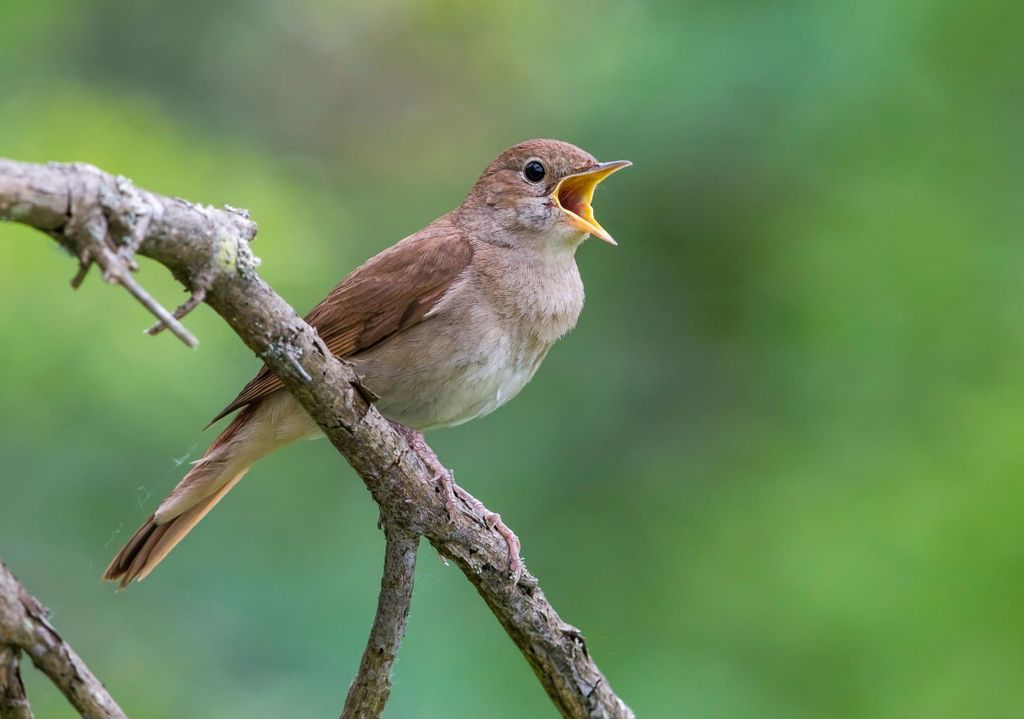
These birds generally prefer woods or scrublands, where there are clearings, even large ones, with many shrubs, a classic of the Mediterranean scrub. They prefer to frequent moist soil, as they generally nest near the ground. The bottom is composed of foliage, covered with moss and spikes. The female nightingale builds the nest herself.
Where can you hear the song of the nightingale?
The best environment to listen to the song of the nightingale is the edge of a forest. This concerns every region of our national territory, from North to South. It must be said that spring is the best time to listen to it. In fact, precisely in this period of the year, during the mating phase, the male nightingale sings especially during the night hours, from dusk to dawn. In fact, singing serves to delimit the territory and to attract the partner.
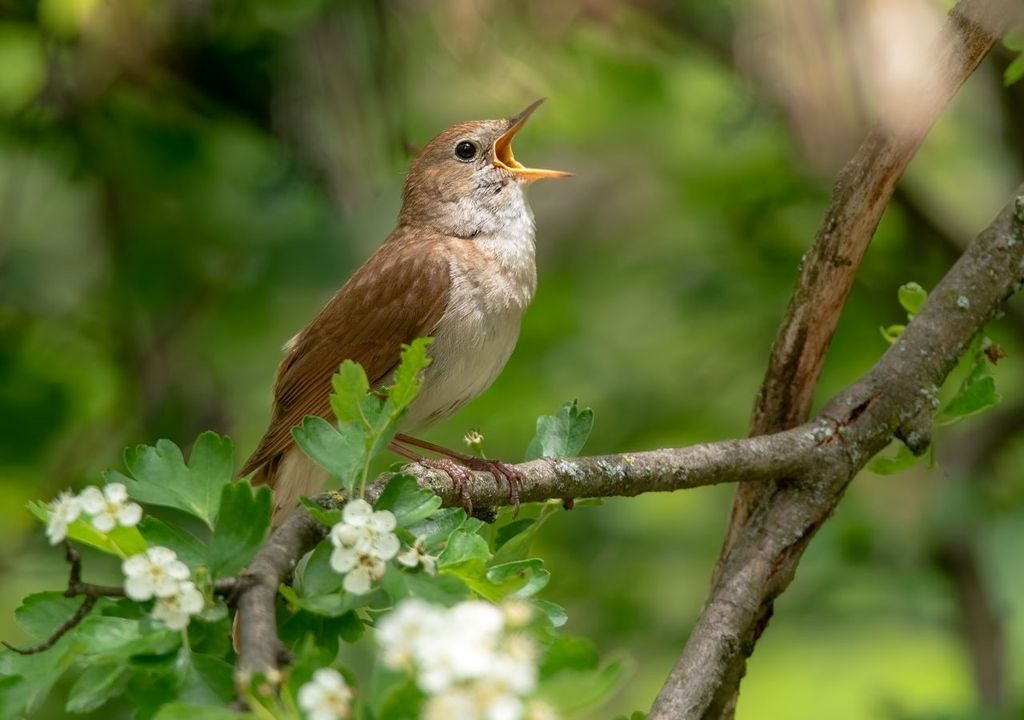
In late spring, however, nightingales can be heard very well even during the day. Both in the morning and during the afternoon and evening.
Bird admired by many poets
The nightingale's melodious nocturnal song has enchanted many poets and exponents of the world of literature. This bird, over the centuries, has become the symbol of lovers and, consequently, the favourite animal of the most romantic poets (ike Francesco Petrarca who in his Canzoniere dedicates several verses to the nightingale). Even the very famous William Shakespeare in his most famous drama "Romeo and Juliet" transforms the nightingale into a sweet apology between the two lovers, forced to separate.

